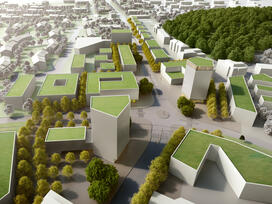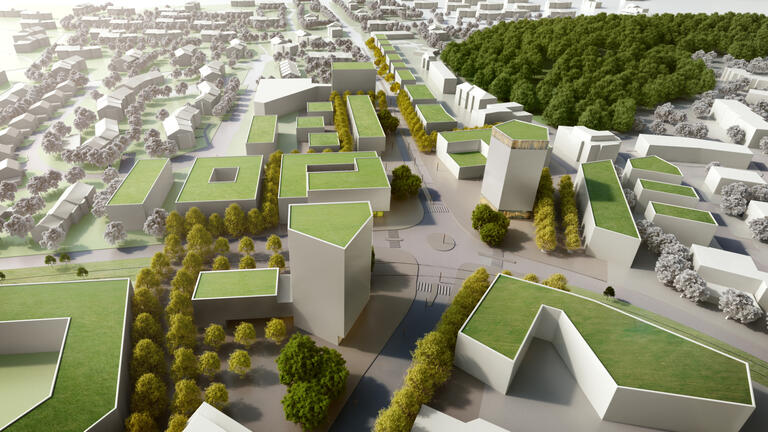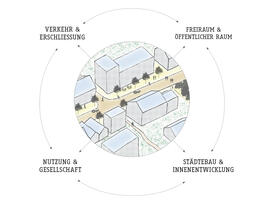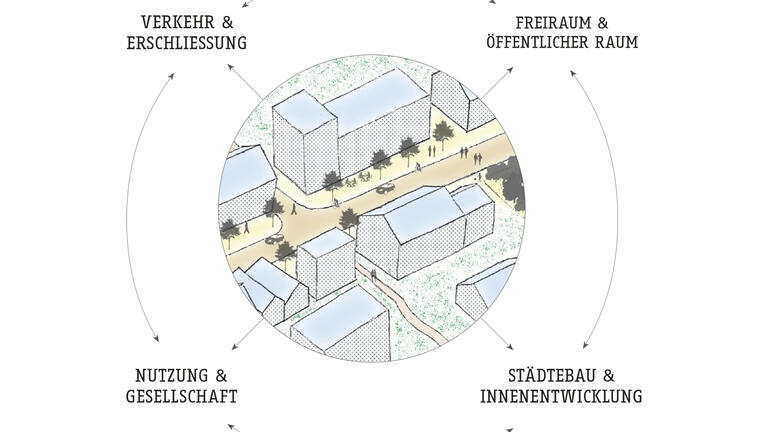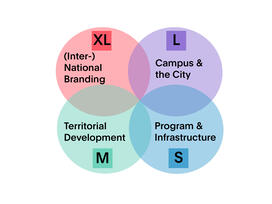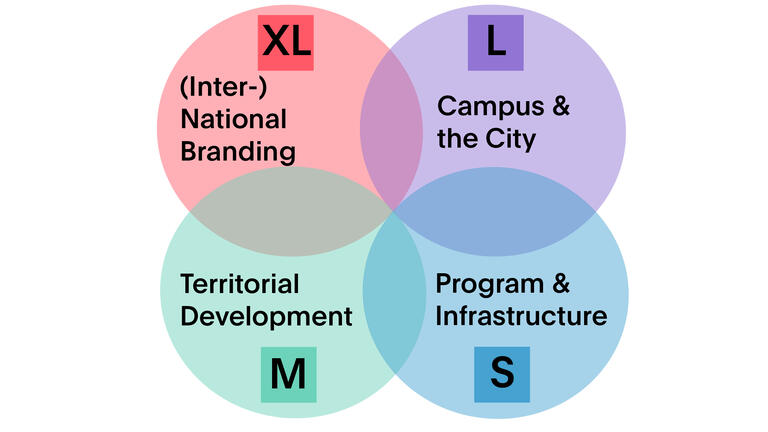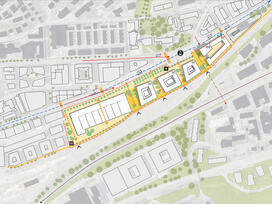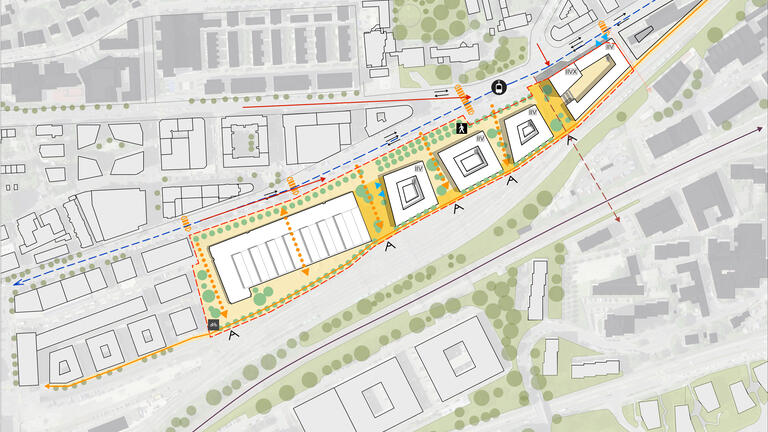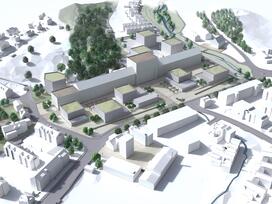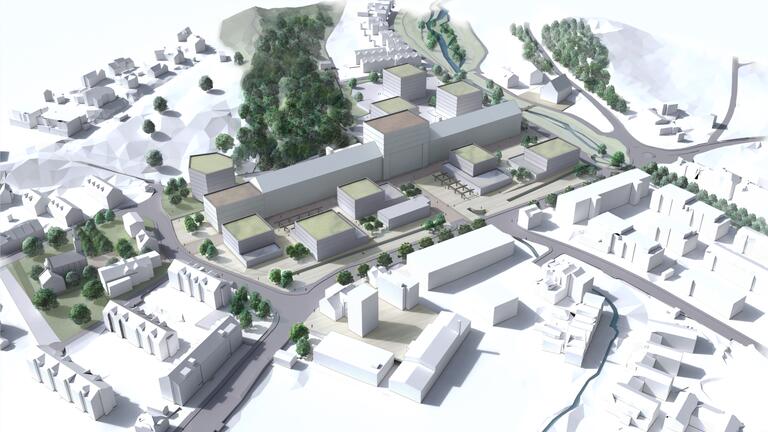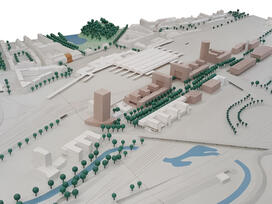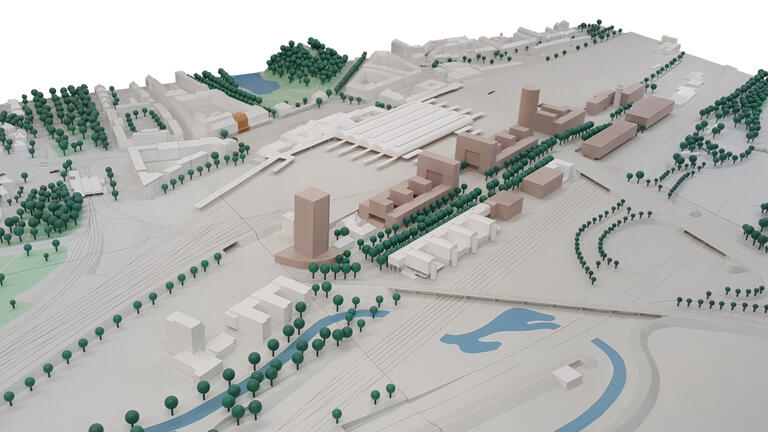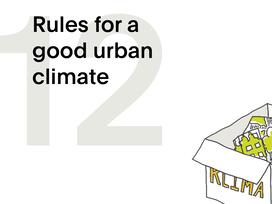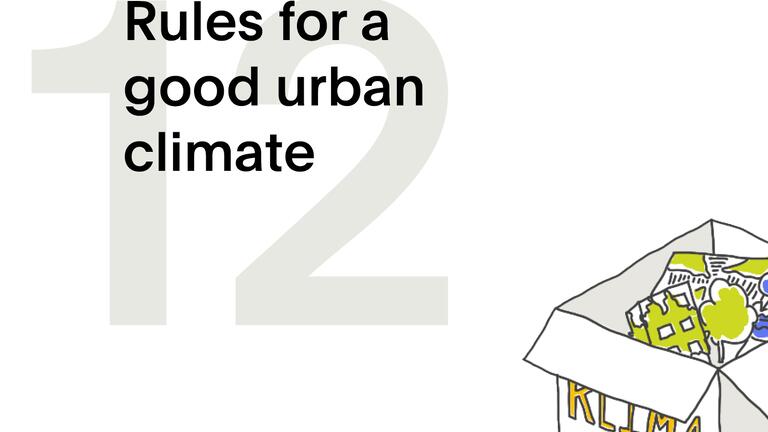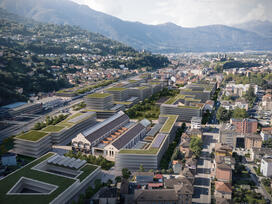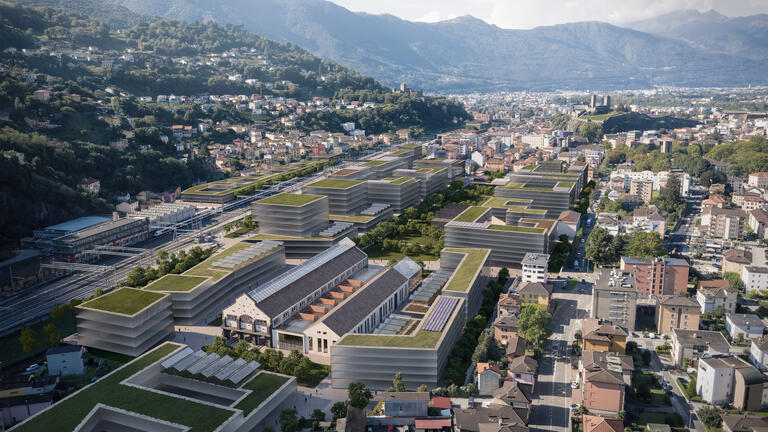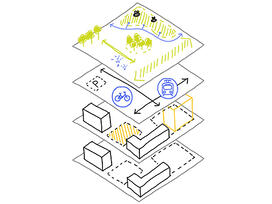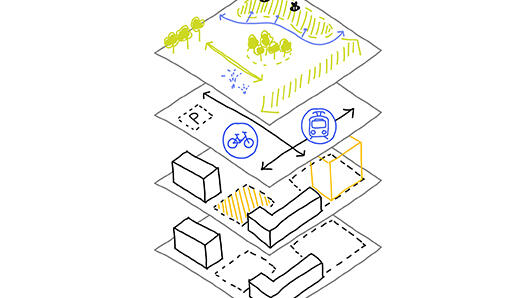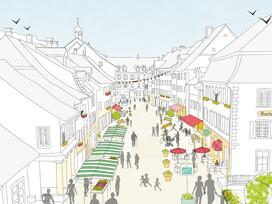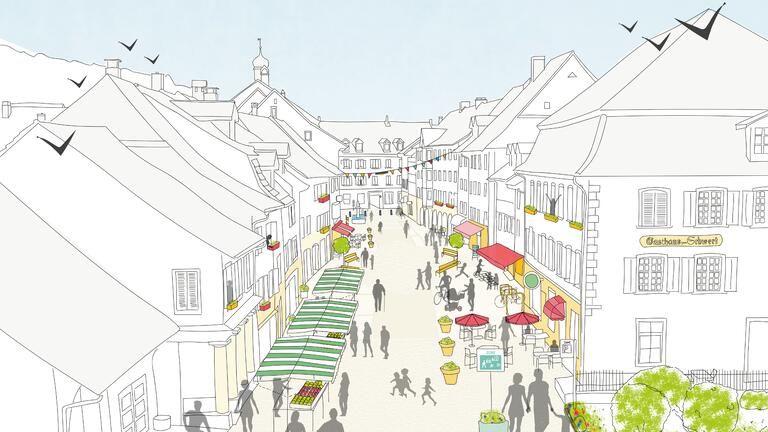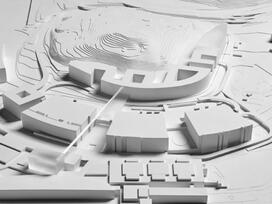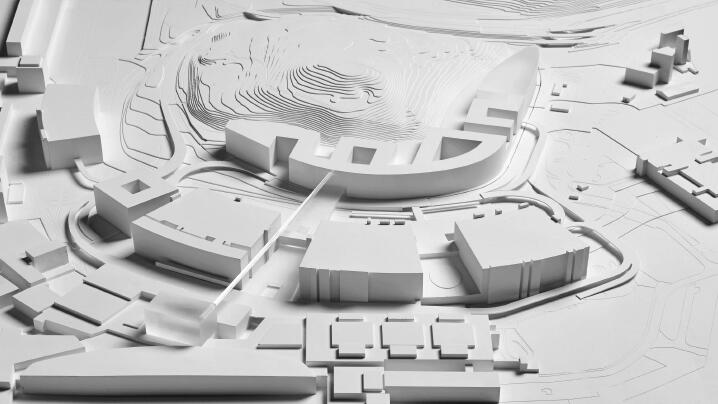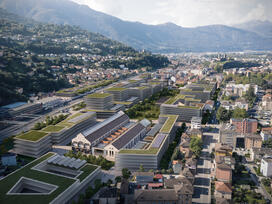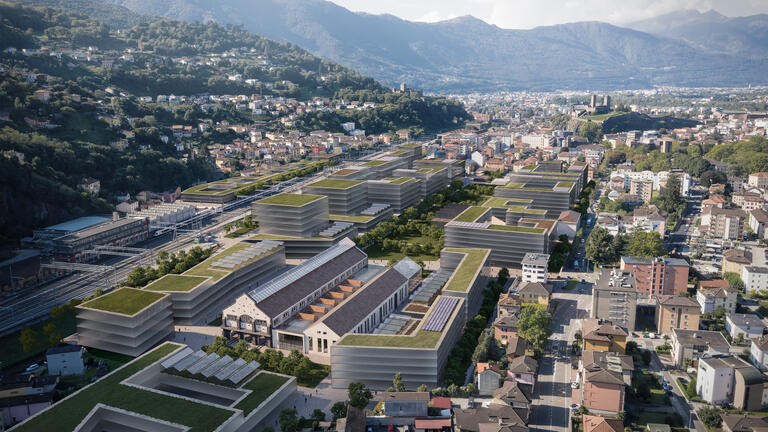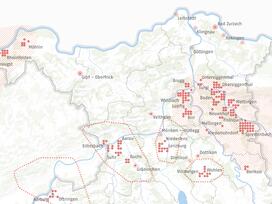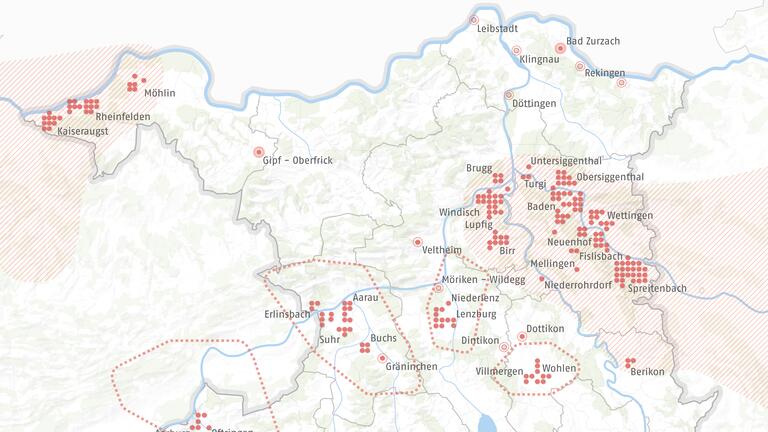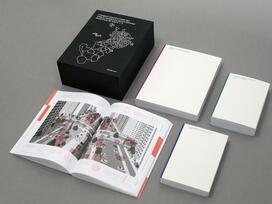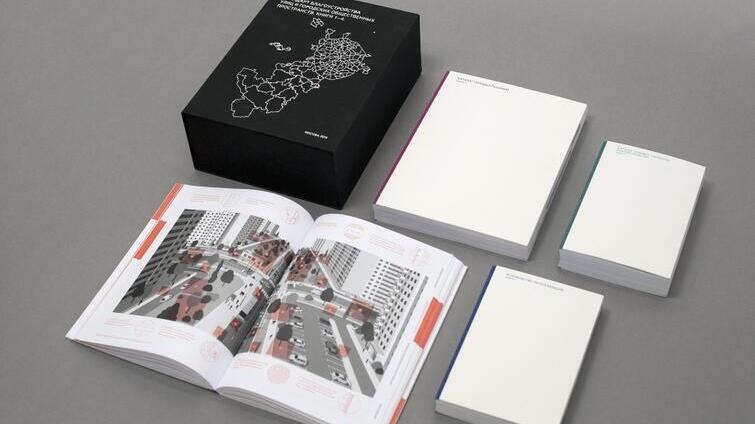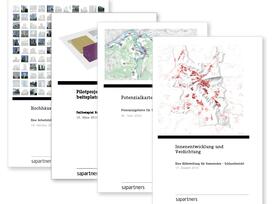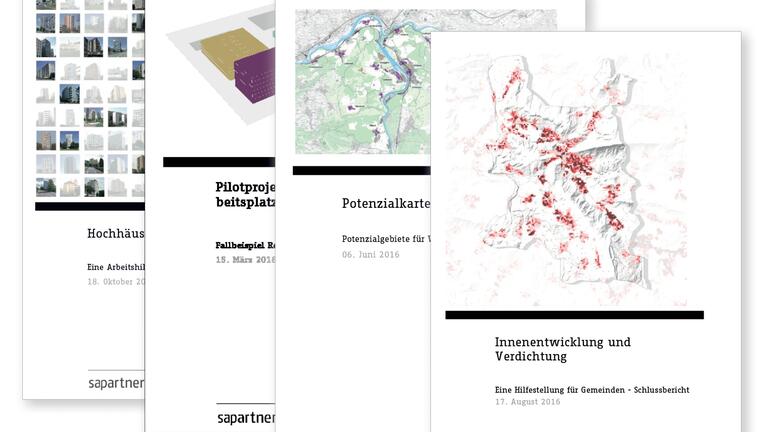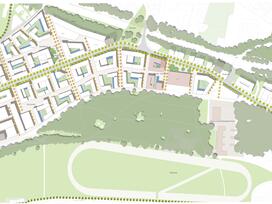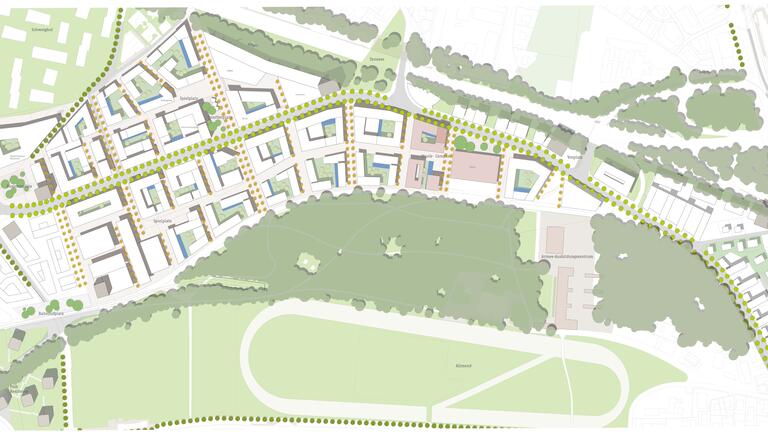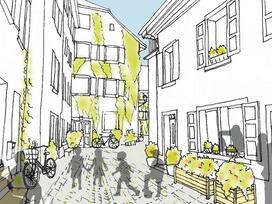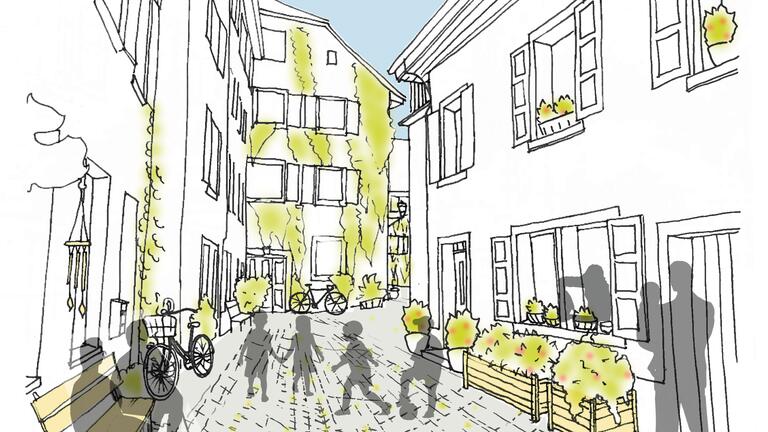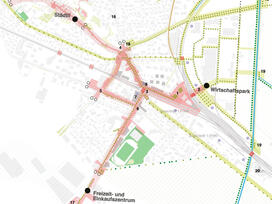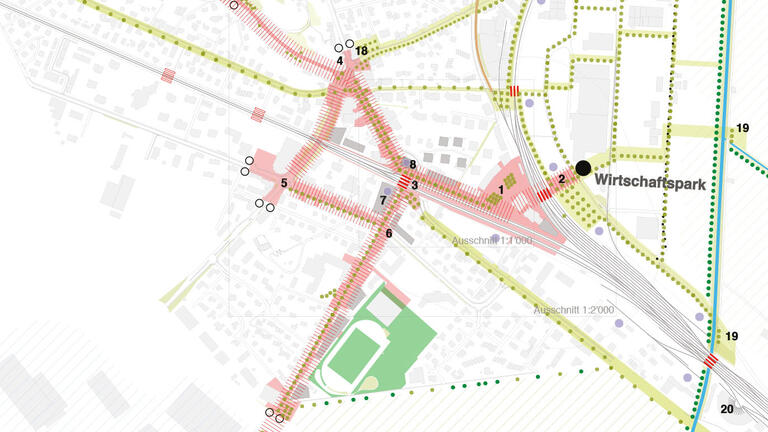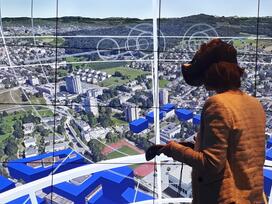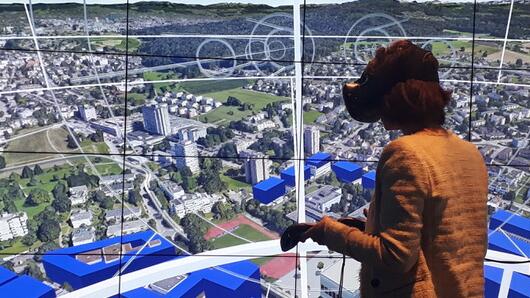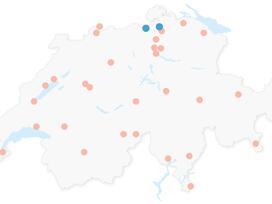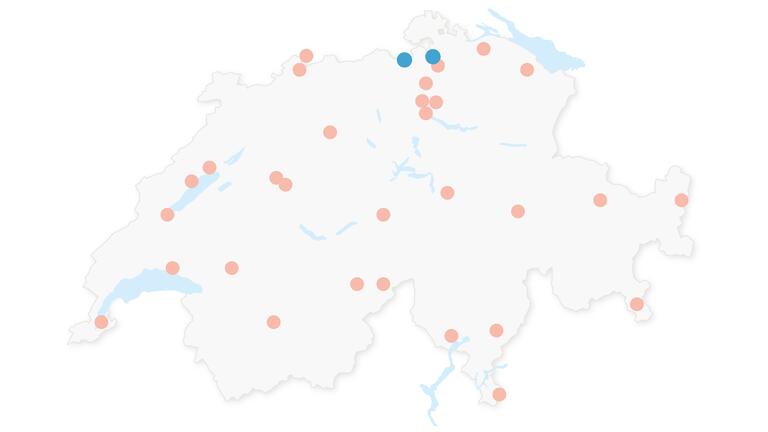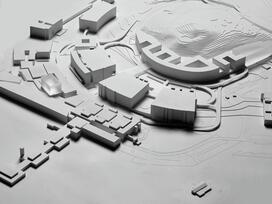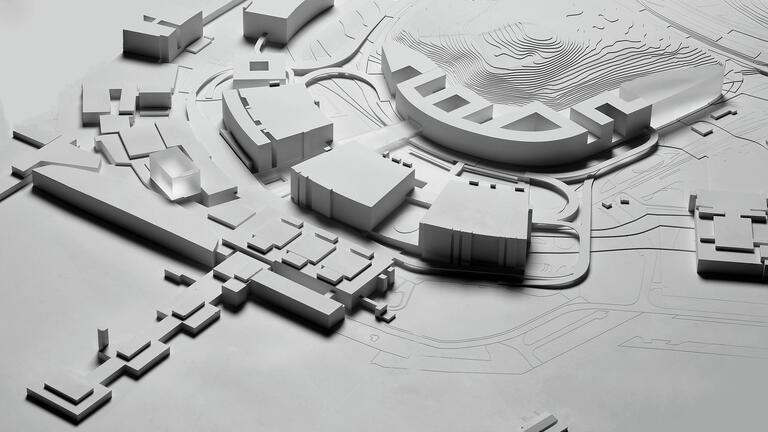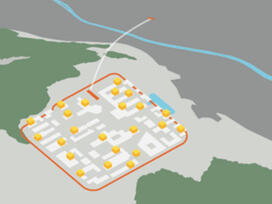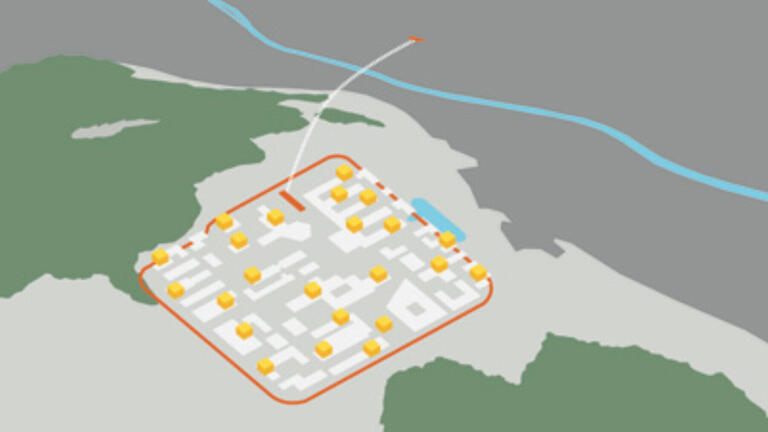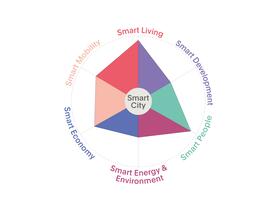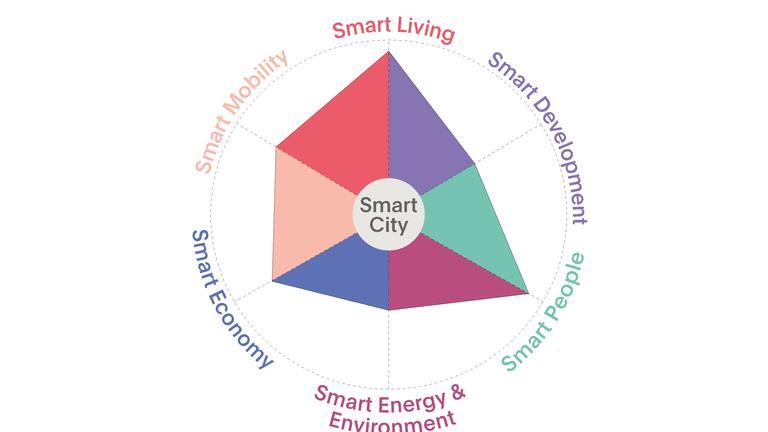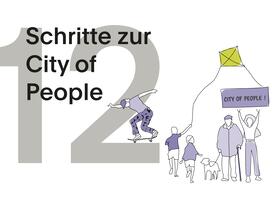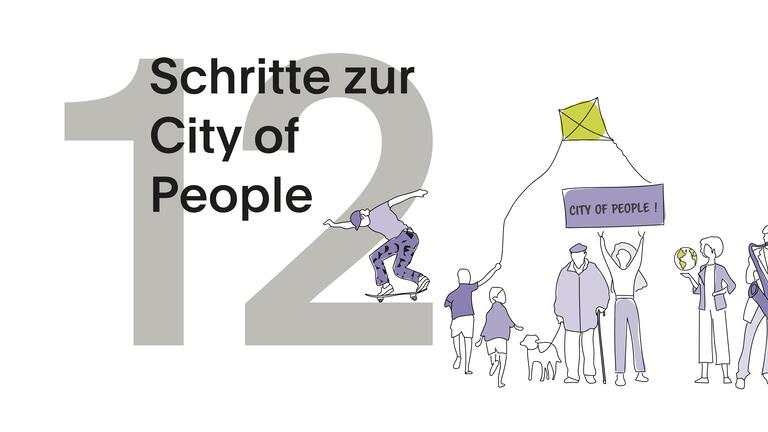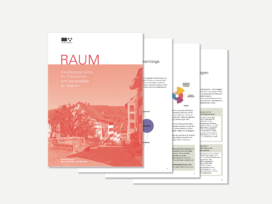Reducing complexity
The systematic treatment of difficult action mechanisms and the derivation of methodical solutions are key elements in an effective implementation. With the reduction of the complexity and the formulation of the standard rates we generate additional benefits that outlive the planning process.

Contextual transformation
Based on size, centrality and importance we adopt a contextual approach for the successful transformation of former industrial and infrastructural waste land. A careful examination of typology, function and the site-specific context as well as finding the correct mix of networking and independence is a primary success factor in our work.

Climate
activation
plans
A good urban climate contributes to a high quality of life and has long been considered an important location factor. Urban climate is an integral part of our strategic spatial concepts and a key principle in our site developments. For quick visible success, we pay special attention to the optimization of interfaces and the realization of quick wins.

Branding & revitalization
Success is built on authenticity. In spatial development concepts, we explore the essence of a place, reinterpret it and further develop its history. We generate sustainable projects that are easy to communicate and create a high level of identification and acceptance.

Obtaining quality assurance using guidelines
Our success is based on an appropriate staged planning and design process. With the aid of a robust system of rules and guidelines we lay the foundation for a stepwise established of the long-term safety of the key qualities.

Sustainability through
flexible frameworks
We are developing intelligent solutions by means of a site-specific balance between robustness and flexibility, and between controlling and laisser-faire. Our master plans are based on a strong framework with the highest possible flexibility.

Process innovation
We organise planning as an interactive process. The training (capacity building) of the players involved is decisive for a sustainable security and is an essential element of our solutions. With increasing individualism, digitalisation and connectivity new forms of participation are emerging for the joint shaping of our built-up environment. Here we apply our process innovations and introduce the possibilities of modern technologies and methodologies.

Intermediate linking
The success of our planning is based on the linking up of criteria, disciplines, players and generations. The trend to connectivity dominates social change and generates new behaviour patterns and lifestyles. The organisation of people is taking place increasingly in networks. With the advancing digitalisation the networking and interaction of digital systems is also enabled (Internet of things). Both aspects as constituents of a holistic solution pave the way for technologically and socially intelligent smart cities.

City of the Future
Never before has a time been so shaped by change as the 21st century. This is especially true for cities and villages. They should therefore be agile and adaptable and willing to question the status quo from time to time. For our customers, we shape megatrends into future capabilities and support them with innovative solutions for the sustainable and resilient development of their city of tomorrow.

